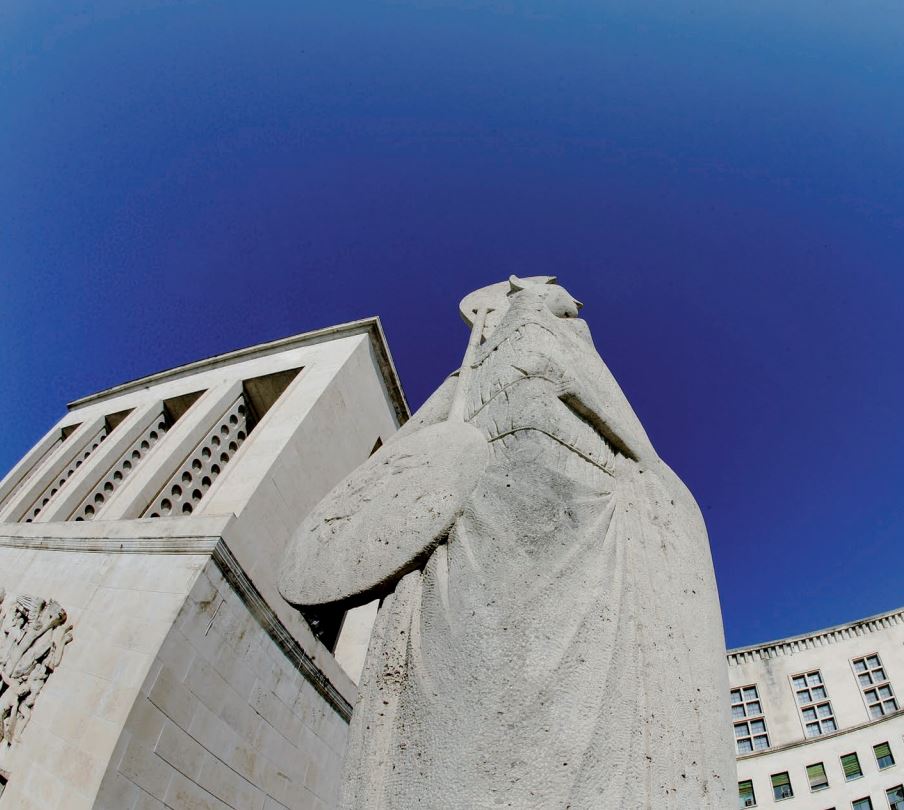Remember, after 20 years
One is really never first or at the first experience.
Someone has gone before us, and often did so to the best of their ability, with the limitations of their time or resources. And so it is with smaTs as well.
It was just 20 years ago, when in Turin, Nov. 10-12, at the conference The Heritage of Science. Collections of Historical Interest, colleagues Manuela Montagnari Kokelj, Pier Luigi Nimis, Simonetta Pasqualis Dell'Antonio, Francesco Peroni and Francesco Princivalle presented their project: "The Museum System of the University of Trieste - smaTs is a recently built entity, created to connect the museums and collections of historical-scientific interest that are present in more than half of the university facilities, and that in many cases have only recently been discovered. The main components of the Museum System and its philosophy are presented for the first time."-"The Museum System of the University of Trieste - smaTs is a recently created network connecting the museums and collections of historical and scientific relevance which are present in more than half of the University departments, although their existence was largely unknown until recently. The main components of the System and its philosophy are presented here for the first time" (see Trieste University Museum System - November 2004).
The curators of the smaTs aimed to combine "new media for old memories" in an innovative way and to integrate "'dead' collections, contemporary, modern, and even dating back to the late 1800s, and 'living' collections, which physically exist and are accessible and visitable." Subsequent years were probably not generous with economic resources because the collections remained confined to their respective departments, crystallizing displays and communication. Much attention was paid, however, to the editing and publication of catalogs both print and accessible online through the unparalleled work of the University of Trieste Editions. They are in order:
- Diana Barillari, L’Edificio Centrale dell’Università di Trieste: storia e architettura 1938-1950, EUT 2010;
- L’Università degli Studi di Trieste;
- Documenti sulla storia dell’Università di Trieste;
- Nicoletta Zanni (a cura di), Guida rapida alla pinacoteca dell’Università di Trieste, EUT 2012;
- Massimo Degrassi, Ricorda e Splendi. Catalogo delle opere d’arte dell’Università degli Studi di Trieste, EUT 2014;
- Laura Paris, Guida al Lascito Antonio Fonda Savio, EUT 2015;
- Mario Nicotra, Guida alla Raccolta Storica di Scienze Sanitarie di Cattinara, EUT 2011;
- Euro Ponte (a cura di), Tra Esculapio e Mercurio. Medici e sanità nella Trieste dell’Ottocento, EUT 2012;
It was, in fact, the studies and publications that pointed out, in the dual guise of print and open access, the consistency and documentary value of the collections of the various departments, in anticipation of a unified musealization. In the impossibility of finding at the moment a physical location where the various testimonies of the university's research and centennial history could be collected and valorized, it will be from those initial proposals and studies of individual collections that the first true museum of the University, online, with a dedicated platform and with open accessibility through the web, will be developed. It will be the virtual visitors who will determine the effectiveness of the work done and also the goodness of the decision to move directly to the computer network, regardless of a physical location.
Bruno Callegher

